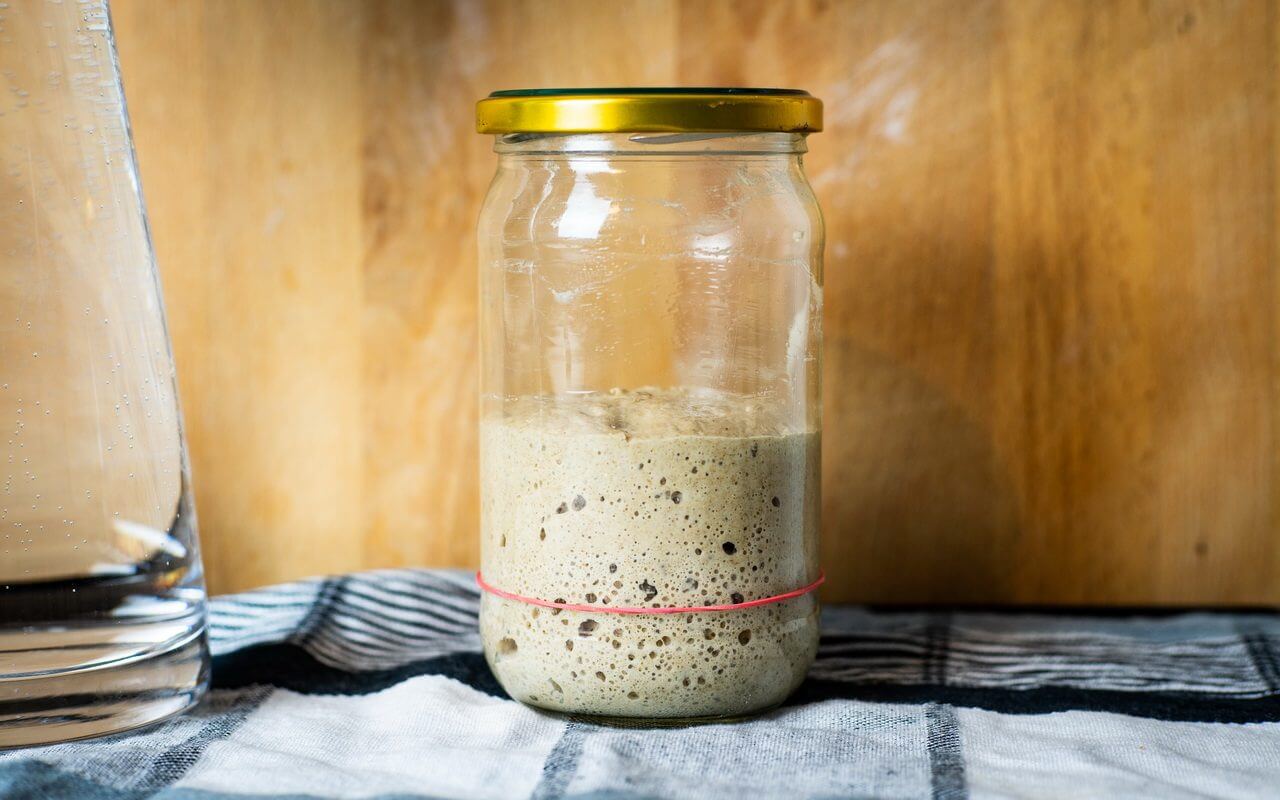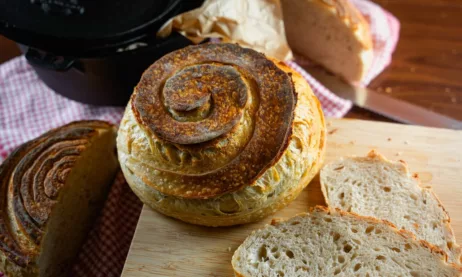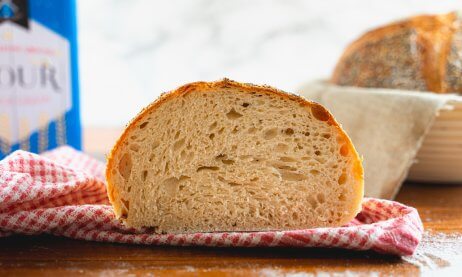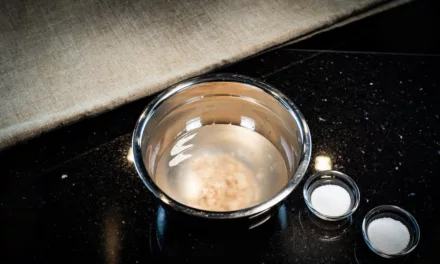Hello, fellow bakers and bread enthusiasts! Today, we’re embarking on a flavorful journey to explore the world of bread, particularly focusing on the differences between sourdough bread and regular yeast bread. As a seasoned baker, I’m excited to share my insights and experiences with you.
Are you ready to uncover the secrets behind these two popular types of bread? Let’s dive in!
Table of Contents
- The Basics of Sourdough and Yeast Bread
- Nutritional Comparison
- Flavor and Texture
- Baking Techniques
- Health Benefits
- Conclusion
- Frequently Asked Questions (FAQ)
The Basics of Sourdough and Yeast Bread
Sourdough bread, known for its distinct tangy flavor, is made using a natural leavening process. This process involves a sourdough starter – a fermented mixture of flour and water, teeming with wild yeast and beneficial bacteria. The fermentation process not only leavens the dough but also imparts a unique taste and texture to the bread. For those new to this process, creating a sourdough starter is the first step.
On the other hand, regular yeast bread, often referred to as ‘yeast bread,’ is made using commercially produced yeast. This yeast rapidly produces carbon dioxide, which causes the dough to rise. Yeast bread baking is generally quicker than sourdough and results in a softer and more uniform crumb.

Nutritional Comparison
When it comes to nutrition, sourdough bread has a slight edge over regular yeast bread. The long fermentation process of sourdough breaks down phytates, making it easier for our bodies to absorb the nutrients. Sourdough also tends to have a lower glycemic index, which can be beneficial for blood sugar management. Learn more about the nutritional wonders of sourdough.
Flavor and Texture
The flavor and texture of sourdough bread are where it truly shines. The slow fermentation process develops a complex, tangy flavor that’s hard to replicate in yeast bread. Sourdough also boasts a chewier texture and a more robust crust, making it a favorite among artisan bread lovers.
Yeast bread, while lacking the depth of flavor found in sourdough, is prized for its soft, fluffy texture and versatility in various recipes.
Baking Techniques
Baking sourdough bread is an art that requires patience and practice. It involves nurturing a sourdough starter, understanding the fermentation process, and mastering shaping and scoring techniques. For beginners, I recommend starting with our sourdough bread for beginners recipe with a thorough step by step approach including images.
Yeast bread baking is more straightforward and is a great starting point for those new to bread baking. With our simple white bread for beginners recipe, you can easily bake your first delicious loaf at home.
Health Benefits
Sourdough bread is not just delicious; it’s also packed with health benefits. The fermentation process produces prebiotic content and reduces gluten levels, making it easier to digest. Sourdough is also a good choice for those looking for a bread option that supports gut health.

Conclusion
In conclusion, both sourdough and yeast bread have their unique qualities and benefits. Whether you prefer the complex flavors of sourdough or the soft texture of yeast bread, baking and enjoying these breads can be a deeply satisfying experience.
Frequently Asked Questions (FAQ)
Is sourdough bread more healthy than regular bread?
Yes, sourdough bread is generally considered healthier due to its fermentation process, which aids in digestion and nutrient absorption.
What is the healthiest bread to eat?
Sourdough bread is often cited as one of the healthiest bread options due to its lower glycemic index and easier digestibility.
Is there a truly healthy bread?
Yes, breads like sourdough, which are made with whole grains and natural fermentation processes, are considered healthy options.
What’s the difference between white bread and sourdough bread?
White bread is typically made with refined flour and commercial yeast, while sourdough bread is made with natural leavening and can include a variety of flours.
Is it okay to eat sourdough bread every day?
Yes, sourdough bread can be a part of a healthy daily diet, especially when made with whole grains.
Why can I eat sourdough but not normal bread?
Some people find sourdough easier to digest due to its fermentation process, which breaks down gluten and other components.
What bread is a “superfood”?
While no bread is a “superfood” in the strict sense, sourdough made with whole grains and natural ingredients is a highly nutritious option.









